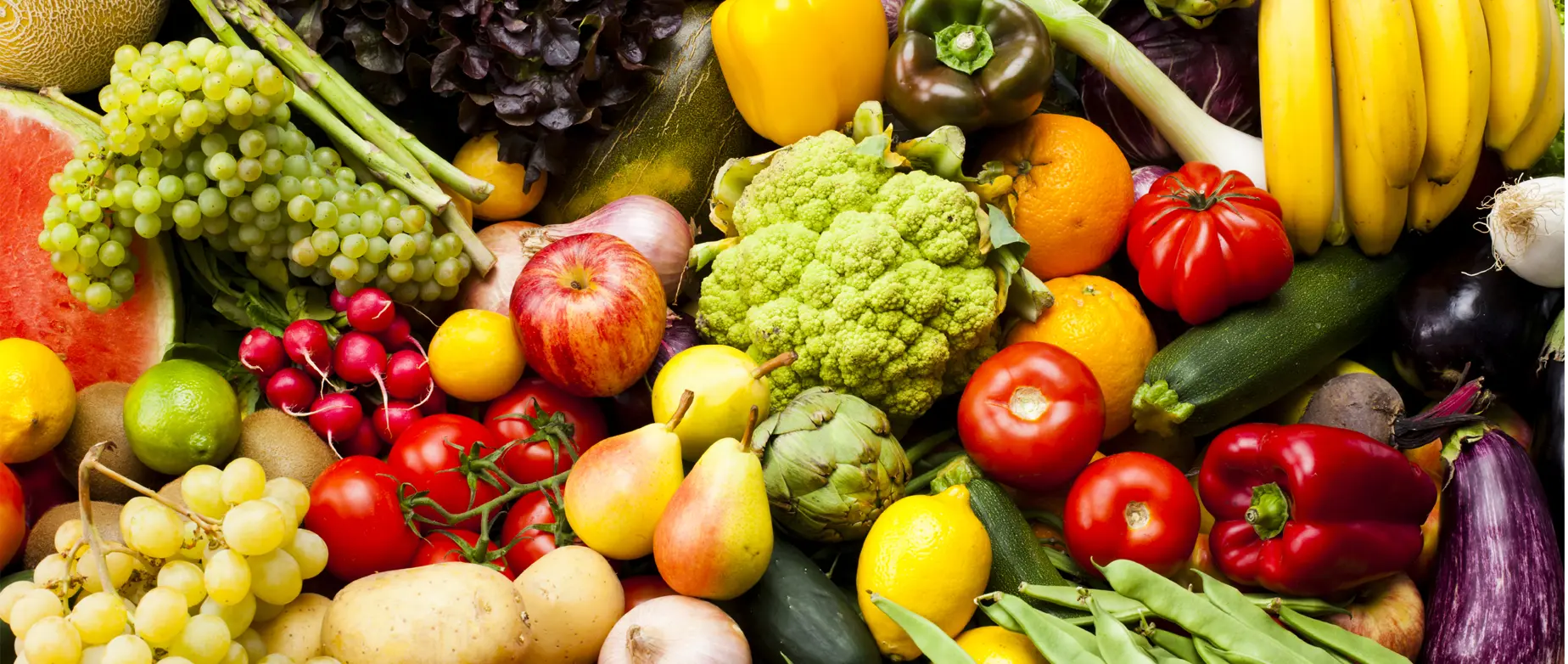Emergency Food Storage: A Comprehensive Guide on What, When, Where, and How Much to Store
It's crucial to be prepared by having enough food for you and your loved ones. Our guide will show you what, when, where, and how much you should store.
It's crucial to be prepared by having enough food for you and your loved ones. Our guide will show you what, when, where, and how much you should store.

Here’s a helpful guide on how to store food for emergencies. It’s crucial to be prepared by having enough food for you and your loved ones. Our guide will show you what, when, where, and how much you should store. Don’t wait until it’s too late. Let us help you be ready for anything.
Food is the second most essential item to start collecting when preparing for an emergency. With food shortages and issues happening worldwide, it’s best to start building up your pantry.
Nonperishable food is the way to go. You can get a 2 to 5-year shelf life from foods like canned goods, and you can have a 5 to 30-year shelf life from long-term shelf-life food.
Start now by buying a little extra each time you go grocery shopping. This approach allows you to get extra food without breaking the bank. You can purchase long-term shelf-life food, which is usually freeze-dried or dehydrated.
You can get this type of food in vacuum-sealed food ration bars, mylar-sealed pouches, or #10 cans. The #10 can is the most common way to get this type of food, and it allows you to purchase the kinds of food you know you can eat and like. Placing the food in a can helps protect your food stores from rodents and damage. It also allows you to stack it up more efficiently, taking up less space. The best way to get all your long-term shelf-life food simultaneously is by buying the 30-Day Emergency Food Buckets. Although they are expensive (around $300 or more), they give you everything you need without picking individual pouches or cans. This product might not be for you if you have dietary restrictions because the menu might have ingredients you can’t eat. In that case, buying the #10 can is the best option.
If you’re not looking towards the long-term but want something for the near future, MREs (Meals Ready to Eat) are a good option. These meals have a 3-year shelf life and are the same type of food military personnel eat. They’re a complete meal in a bag, and the main course is a liquid-based food, so no water is needed to reconstitute. MREs usually come with a heater so you can have a warm meal.
Canned food usually has a 2-to-5-year shelf life, but it can last much longer than the suggested date if kept under 72 degrees, not bulging, and not making a bloop sound when you push on the lid. The smell test is the final decision; if it smells good, try it.
Keep your food under 72 degrees to get the maximum shelf life. Your pantry is the best place to store nonperishable food to protect it. If you have a small pantry, you can place your food under your bed or in your closet. 30-day buckets of food in your closet can help with your storage problems and get your shoes off the ground.
FEMA suggests 1200 calories per person per day. Keep in mind that 1200 calories is not a lot, so if you’re planning on helping your family and neighbors, you may need to store more.